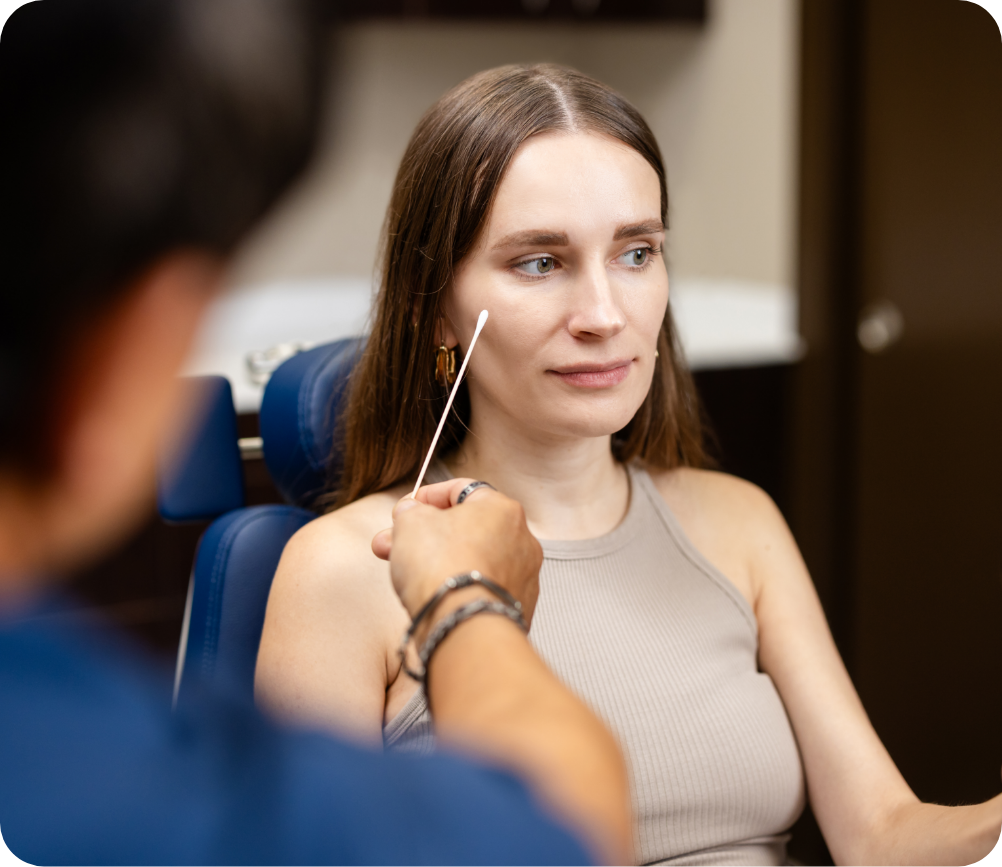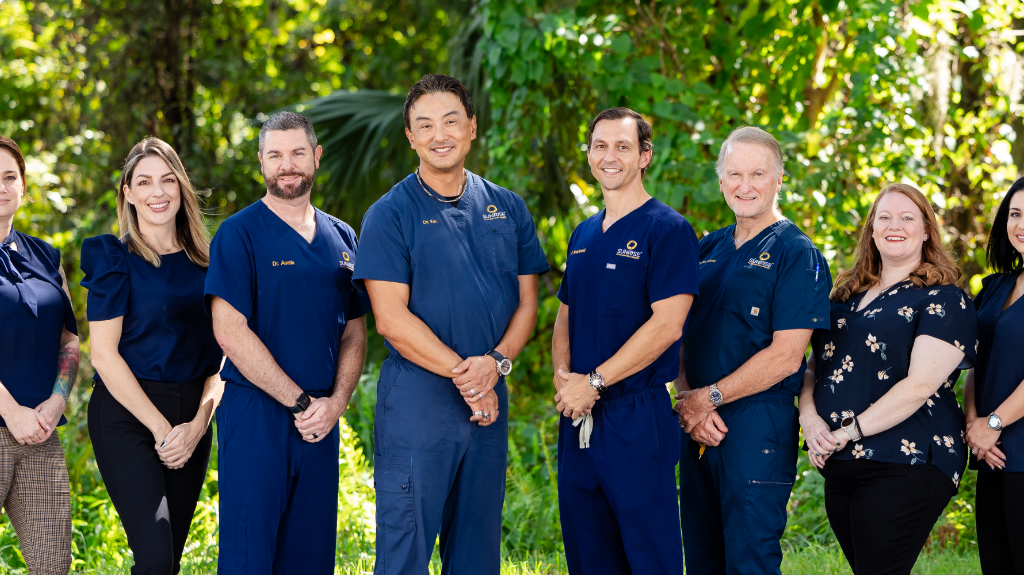This Article Has Been Medically Approved By


Some of the most popular solutions for the signs of aging are dermal fillers. Dermal fillers are used to soften fine lines and wrinkles, as well as to add volume to the face. Fat grafting offers many of the same results as a dermal filler, but instead of using a product, the patient’s own fat is harvested and then injected into targeted areas of the face.
Fat Grafting vs Dermal Fillers
There is no dermal filler that can work at every level of the face. Some fillers are designed to be placed closer to the skin; whereas others are made for injecting deeper within. However, the patient’s own harvested fat can be injected into multiple levels of the face. In addition, the results achieved during this surgery last longer than those attained with a dermal filler. For example, dermal filler results can last from six to 18 months. This depends on the type of filler used, and the location in which it was injected. Once the grafted fat is injected and it redevelops a blood supply and can last forever.
Additional benefits of fat grafting over dermal fillers:
- The results achieved with fat grafting appear more natural.
- The transferred fat is full of stem cells. These stem cells have the ability to transform into a variety of new cells, including skin cells. These stem cells then can help to rejuvenate the skin from the inside out; renewing and refreshing its texture and tone.
- The healthy skin cell processes that fat grafting promotes perpetuate themselves, continuing to rebuild the skin on a deeper level; thus, restoring the youthful properties that have been lost with aging.
- Fat is harvested from other areas of the body for a facial fat grafting procedure: Donor areas that are commonly used include the inner thigh, hip or abdomen. Although the amount of fat removed may be minute, some patients are pleased with the slight fat reduction in their donor area.
- On rare occasions, a patient will have a reaction following a dermal filler treatment. This reaction occurs when the body considers the filler to be a foreign substance. As the body attacks the filler, hard and painful granulomas form. While this reaction is easily treatable, it is a complication. With fat grafting, since the body will recognize its own fat cells, any concerns related to granuloma formation are eliminated.
- As part of the aging process, shrinking and dying fat cells cause loss of volume in the face. Using your own healthy fat cells to replace those that were lost is the perfect way to restore your face’s natural form.
Fat Grafting vs a Facelift
Unlike a facelift, which requires incisions and substantial recovery time (up to 21 days), fat grafting is a minimally-invasive procedure that requires no incisions and has a relatively short recovery time (up to 7 days).
Although fat grafting offers a quick solution to a variety of issues related to aging, there are certain issues that only a facelift can address. Fat transfer restores some of the volume that diminishes as we age; while a facelift is designed to lift fallen structures back to their original positions.
Who Should Consider a Facial Fat Grafting
The ideal candidate for facial rejuvenation via fat grafting is someone who is at least 30 years of age, in good health, and who has realistic expectations about how this procedure can improve his or her appearance.
A good candidate may have:
- Cheeks that appear sunken in
- Dark circles or bags under his or her eyes
- Temples that appear hollow
- Nasolabial folds
- Angry 11s
- Thinning lips
- Any other undesirable facial folds
At Sunrise Facial and Oral Surgery, Dr. King Kim takes the time to create each patient a custom-designed fat grafting procedure. Dr. Kim uses his years of experience to transfer the harvested fat cells to areas of the face, in such a way as to restore its natural form. If you are interested in learning more about the facial rejuvenation procedures that Dr. King Kim performs, or you would like to schedule an appointment, contact one of the offices today.



